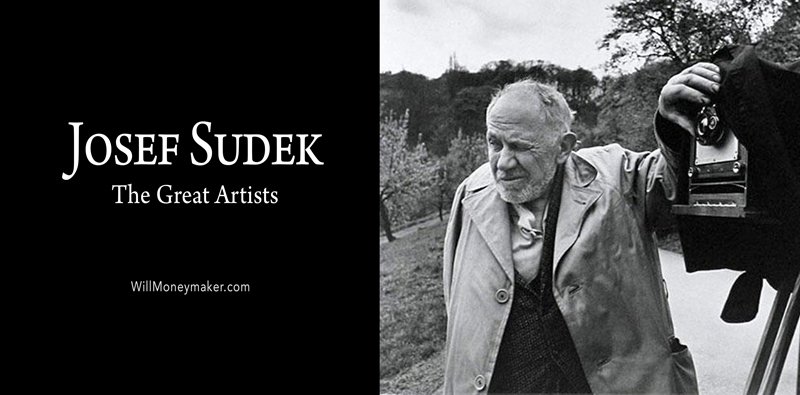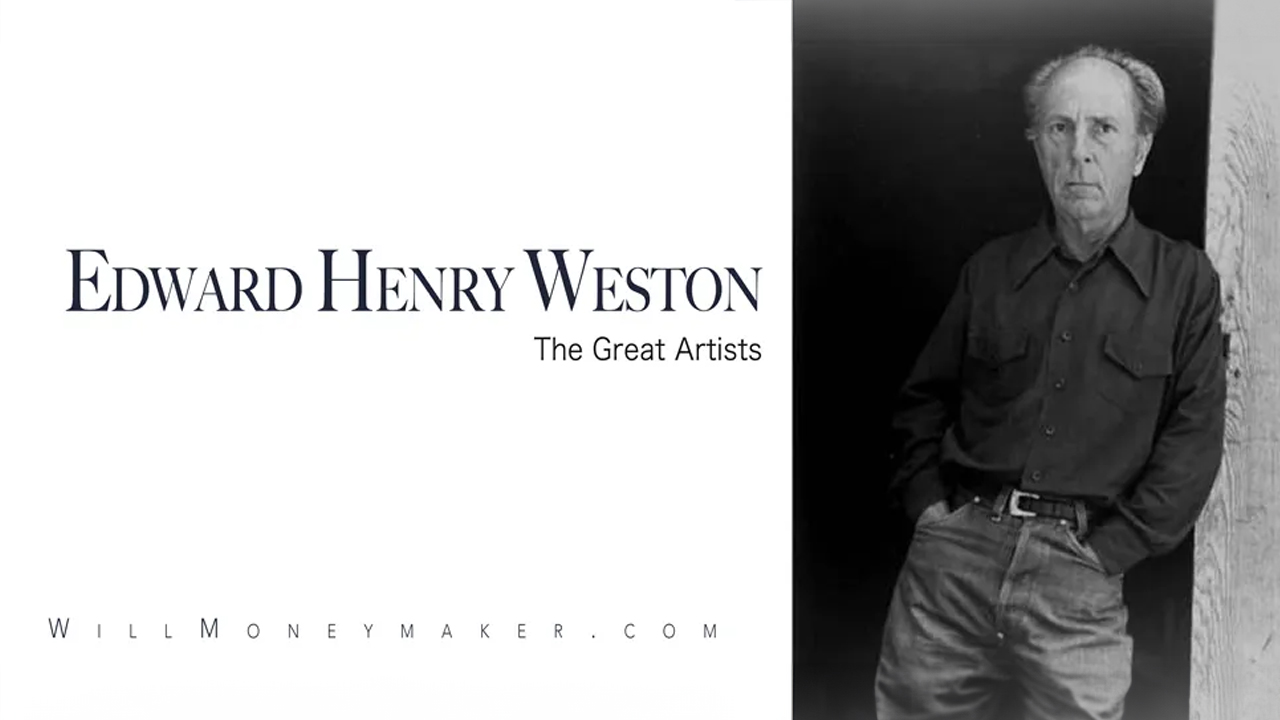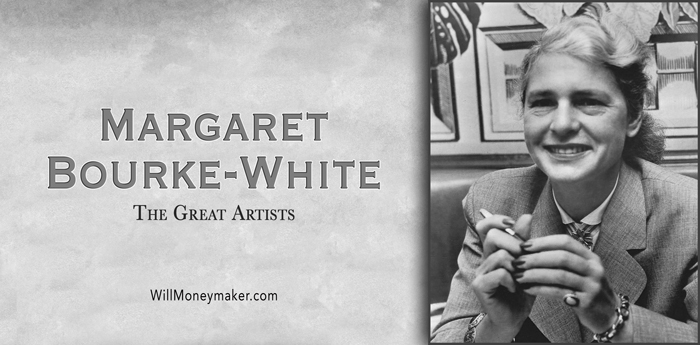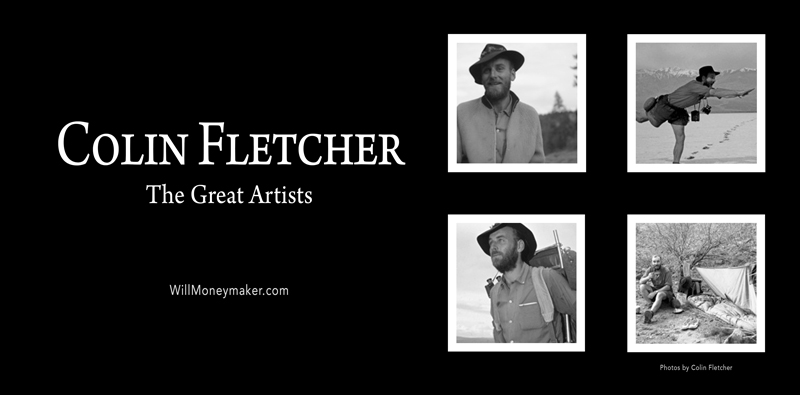Josef Sudek is a famous Czech photographer, best known for his photographs of the city of Prague. He was born on March 17, 1896, in Kolin, Bohemia and trained as a bookbinder as a young man. This is a career that he eventually pursued, though he had been an enthusiastic amateur photographer from at least his teen years.
However, he was drafted into the Austro-Hungarian army during WWI, joining the army in 1915. As an infantry soldier, he was sent to the front lines in Italy, where he took many amateur photographs of what was going on around him. Later, still, on the front lines, he was wounded in his right arm by friendly fire from his own compatriots. The wound was so bad that the entire arm eventually had to be removed at the shoulder. Naturally, this was the end of his military career, and he was sent home.
After leaving the military and the war behind, Josef began studying photography in Prague under the tutelage of Jaromir Funke. He was receiving disability payments from the army, and these were enough for him to have the funds and leisure to explore, study, and make the art he found himself so drawn to. He studied with Funke for two years and then began to work on his own, using the romantic and popular Pictorialist style of photography for much of the next decade. His work became locally known and respected.
However, Josef was also a rebel and a free thinker, and he did not always agree with the way others saw art and the need for art to move forward and evolve. Josef saw the evolution of art as necessary to make it continually better, while others were fine with current techniques the way they were. It was this attitude that led to Josef being kicked out of a local camera club. He argues that there was a need in the field of photography to move away from the “painterly” photographic style that was so in vogue at the time. Others in the club saw this style as the pinnacle of photographic achievement, and the disagreement led to Josef’s ouster from the club.
This did not matter to Josef. He was an independent person, both in thinking and in the things he did, and he simply founded his own photography club, the progressive-thinking Czech Photographic Society. This society was founded in 1924.
Most people with only one arm would have a hard time doing photography well, or at all, but Josef never let this stop him from doing what he wanted to do. He used large, bulky cameras to take his pictures, as these were easier for him to maneuver with one arm. He also used photography assistants to help him with the things he was not able to do on his own. Using innovation and creativity, Josef was able to take the pictures he wanted to take, whenever he wanted to take them, and he had little difficulty doing so. Only having one arm was merely an inconvenience for him, not a deterrent in any way.
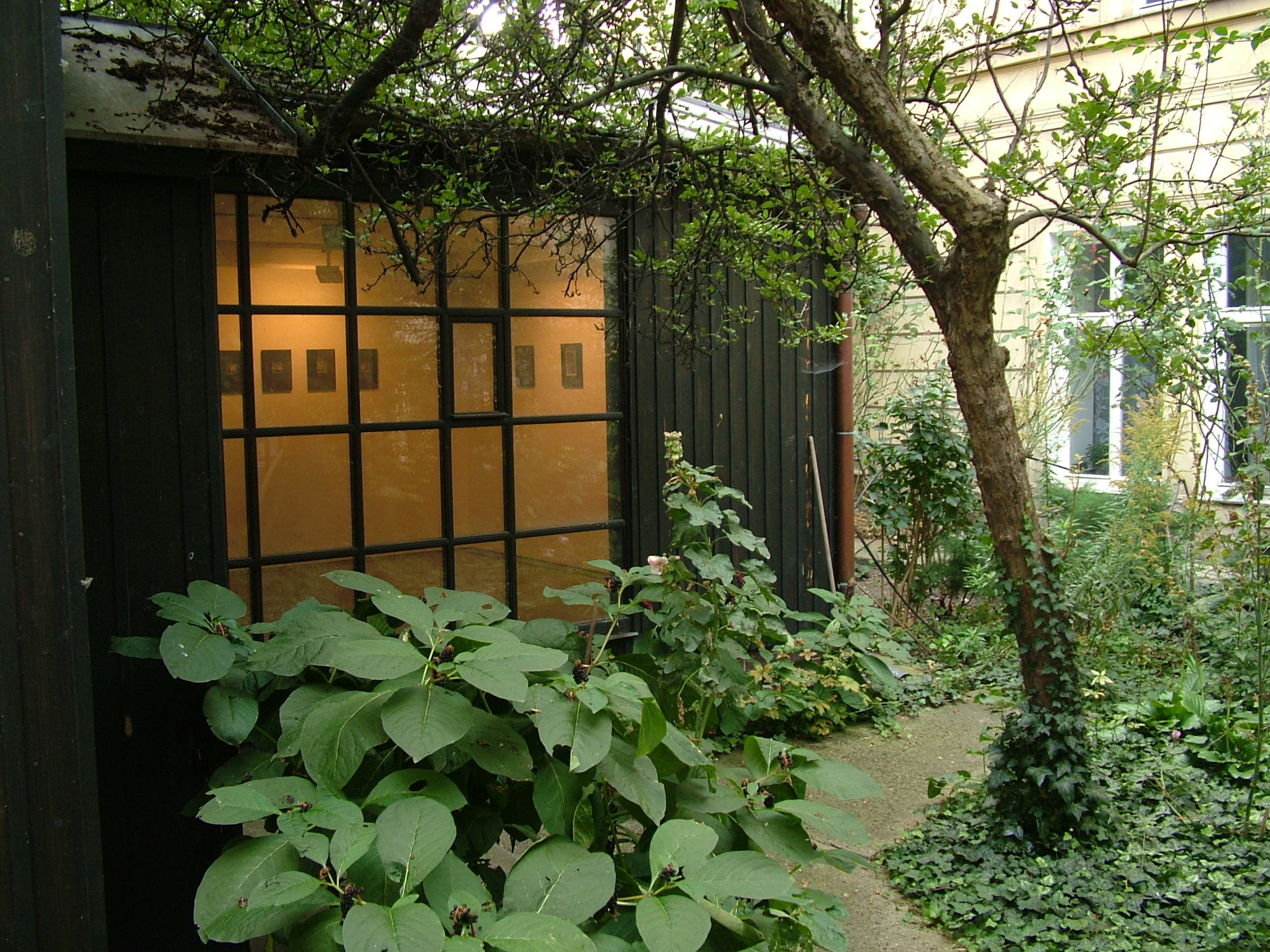
Josef’s early work is most defined by his series of photos of light falling on the interior of St. Vitus Cathedral, photos that many found entrancing and enchanting. During and immediately after WWII, he began taking his most famous photographs, the nightscapes and panoramas of war and postwar Prague, which have been almost universally described as “haunting.”
In addition to these famous photographs, Josef also did some popular work in photographing the deep, dark woods of Bohemia, where many of Grimm’s fairy tales are set, and he also photographed the towns within the wooded landscape there. Photos of the window glass that looked out on his garden led to his famous The Window of My Atelier series of photographs. He also did a popular series of photos of the crowded, jumbled mess of the interior of his photography studio, so people could see the inner workings of what he did. He called this series, Labyrinth. It was a fitting name, as the interior of his photography studio did look somewhat like a labyrinth.
He gained some western fame in 1974 with his first western show at the George Eastman House, and he also published sixteen books on photography during his life.
Despite having been a soldier on the front lines of WWI, Josef was shy and reserved, almost to the point of being a recluse. He never married, and never appeared at openings of his photography exhibits. In fact, only a tiny number of people ever appear in his photos, as he mostly stayed away from other people in doing his photographic work, except for his assistants. He was known to love classical music and kept a large record collection of it, and those who knew him well, or knew of him, referred to Josef as the “Poet of Prague.”
People have long been fascinated by Josef and his work. There have been a few conventional biographies written of him, including one that attempts to draw the reader into the world through Josef’s eyes, such as telling a story of how he enlisted an American soldier to smuggle some of his photographs to America, and how he took such risks in taking landscape photos in Prague during Nazi occupation when doing that kind of thing could get a person shot for suspicion of spying. Joseph was quiet, but he was brave.
His photographs are known for their unorthodox and intimately personal nature, with a very limited tonal scale in a time when that was looked down upon. Josef’s work, unlike the standard “straight photography” technique popularized in America by Ansel Adams, has an earthy quality to it, almost elemental. Though he had his critics during his time for his unorthodox methods, most people today describe his photographs as intense, dramatic, and brimming with emotion.
Josef died on September 15, 1976, in his beloved city of Prague. His work lives on, gaining new admirers with each generation.

